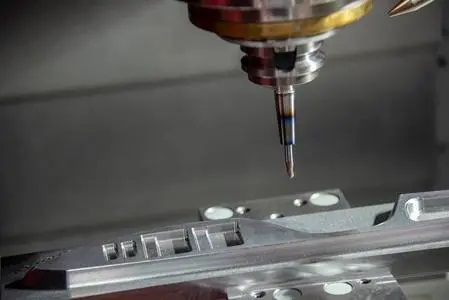What is CNC milling process? | CNC Service
CNC milling is one of the best known methods of rapid prototyping. Most designers still favour this method, despite facing stiff competition from 3D printing technology. In this article, we will cover the advantages of using CNC milling.
What is CNC Milling?
CNC milling is a metalworking technology that uses computer numerical control (CNC) machines for automated machining. The technique is primarily used to create complex geometric shapes such as part contours, grooves, and protrusions.
What is it about cnc milling that makes it so popular with designers?
1. Precision and accuracy:
CNC milling machines are extremely precise and accurate, with sensors and measuring devices to ensure that parts are manufactured to specified tolerances. Computer controlled motion and measurement ensures that every part produced is consistent and meets tight tolerances.

2. Complex geometries can be machined:
CNC milling machines can machine complex shapes and intricate geometries that may be difficult or impossible to achieve with traditional machining methods. This capability is especially useful for industries that require complex components.
3. Cost-effectiveness of mass production:
While the initial setup cost of a CNC milling machine may be high, the unit cost decreases dramatically during high volume production. This makes CNC milling machines economically viable for mass production of parts.
4. Automation and efficiency:
CNC milling is highly automated. Once the machine is set up and loaded with a programme, the machining process can run continuously without constant human intervention. This increases efficiency and reduces labour costs.
5. Versatility:
CNC milling machines can machine a wide range of materials, including metals, plastics, and composites. This versatility makes CNC milling machines suitable for a variety of applications in different industries.
6. Multi-axis machining:
Many CNC milling machines are capable of multi-axis machining, which allows complex operations to be performed on multiple sides of a workpiece without the need for repositioning. This feature increases the flexibility and efficiency of the machining process.

7. Prototyping:
CNC milling is commonly used for rapid prototyping. The ability to produce rapid prototypes allows designers and engineers to test and refine designs before full-scale production, thereby reducing time to market.
In summary, CNC milling combines precision, efficiency, and versatility, making it the preferred choice for manufacturing a wide range of components and products in industries such as aerospace, automotive, electronics, and medical devices.



